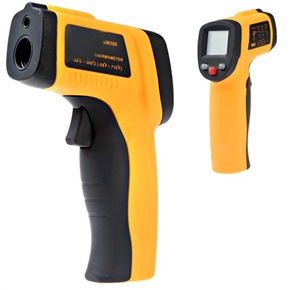Yes, they detected the signal. By receiving the signal.
From a much colder source, thru our much warmer atmosphere.
They detected a microwave signal that corresponded to a thermal signal....not CMB itself...sorry if this is to difficult for you to understand.
You still haven't provided a source that explains the detection of this non-radiation frequency that they received without receiving.
Sorry you are unable to differentiate between a resonance signal and an actual signal....not my job to fix that sort of ignorance...there are plenty of sources out there where you can remedy your ignorance if you are so motivated.
They detected a microwave signal that corresponded to a thermal signal....not CMB itself
You'll have to explain how this works. Maybe provide a link?
Sorry you are unable to differentiate between a resonance signal and an actual signal
Sorry you are unable to explain it.
there are plenty of sources out there where you can remedy your ignorance
I've been unable to find a source that agrees with your claim, where is one of yours?

